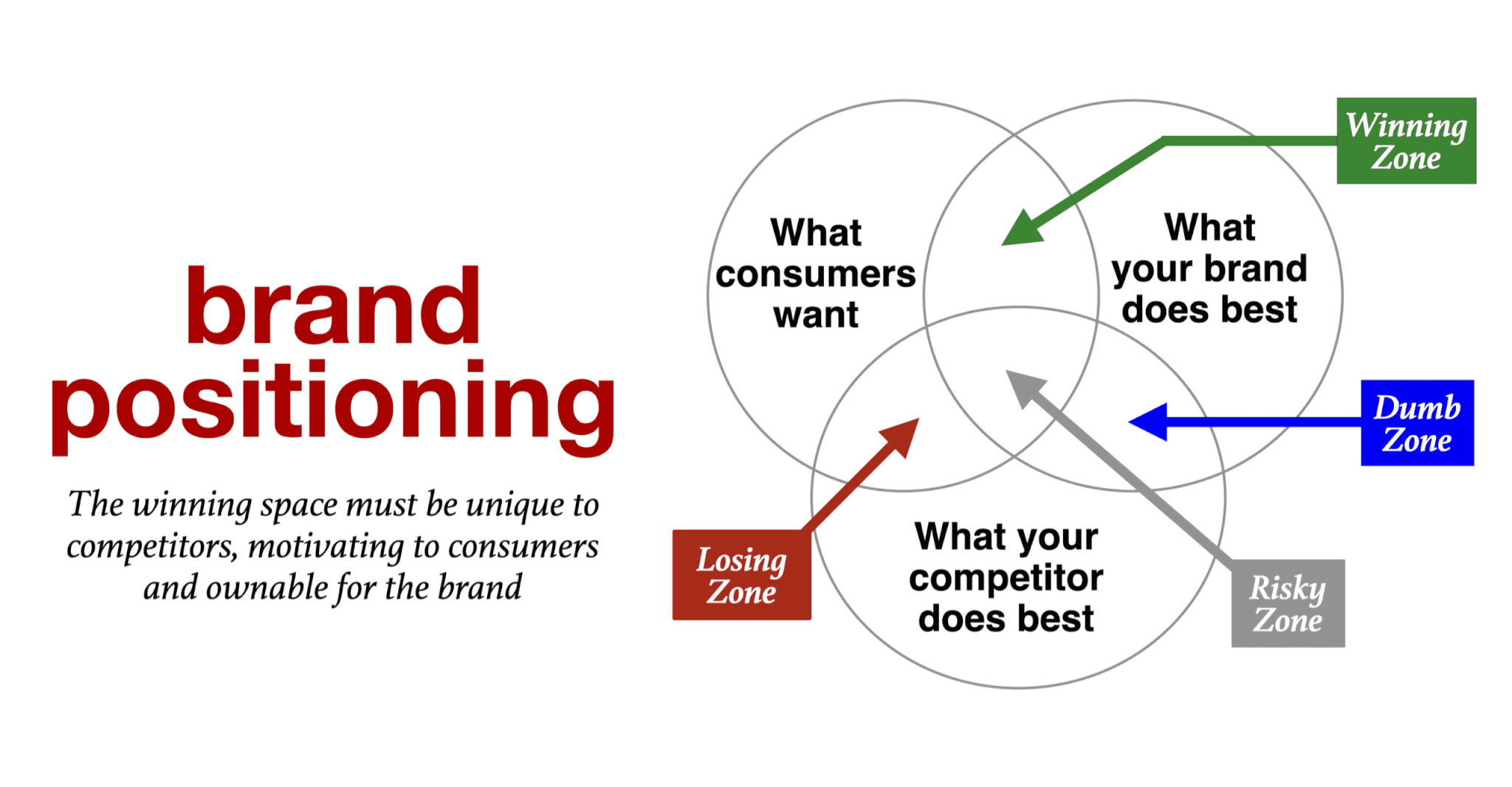The Ultimate Guide to Brand Positioning
In today’s competitive tech industry, having a strong brand positioning strategy is crucial for standing out from the crowd and connecting with your target audience. Brand positioning is the process of creating a unique and relevant identity for your brand in the minds of consumers. It involves determining the key attributes and values that differentiate your brand from competitors and communicating them effectively to your target market.
Why Brand Positioning Matters
Brand positioning is important because it helps to establish a clear and consistent identity for your brand. When consumers have a strong understanding of what your brand stands for, they are more likely to choose your products or services over those of your competitors. Brand positioning also helps to build customer loyalty and trust, as well as create a connection with your target audience.
Steps for Effective Brand Positioning
Define Your Brand
Before you can position your brand effectively, you need to have a clear understanding of what your brand stands for. Define your brand’s values, mission, and personality, as well as your target audience and competition.
Analyze Your Competition
Conduct a thorough analysis of your competitors to understand how they are positioning their brands in the market. Identify their strengths and weaknesses, as well as any gaps in the market that you can capitalize on.
Identify Your Unique Selling Proposition (USP)
Your unique selling proposition is what sets your brand apart from competitors and makes it stand out in the market. Identify the key benefits or features that make your brand special and communicate them clearly to your target audience.
Develop Your Brand Messaging
Once you have defined your brand and USP, it’s important to develop strong and consistent messaging that communicates your brand’s values and benefits to your target audience. This messaging should be used across all marketing channels to reinforce your brand positioning.
Communicate Your Brand Positioning
Consistent communication is key to successful brand positioning. Use a mix of advertising, social media, PR, and content marketing to reach your target audience and reinforce your brand’s positioning in the market.
Monitor and Adjust
Brand positioning is not a set-it-and-forget-it strategy. It’s important to monitor the effectiveness of your brand positioning efforts and make adjustments as needed based on consumer feedback, market trends, and competitive analysis.
Examples of Successful Brand Positioning
Some tech brands have achieved great success with their brand positioning strategies. Apple, for example, has positioned itself as a premium and innovative brand that focuses on simplicity and design. Google has positioned itself as a trustworthy and reliable brand that provides accurate and relevant search results. These brands have successfully differentiated themselves from competitors and built strong connections with their target audiences through effective brand positioning.
Conclusion
Brand positioning is a crucial aspect of building a successful tech brand. By defining your brand, analyzing your competition, identifying your USP, developing strong messaging, and communicating effectively with your target audience, you can position your brand for success in the market. Remember to monitor and adjust your brand positioning strategy as needed to stay relevant and competitive in the ever-changing tech industry.


